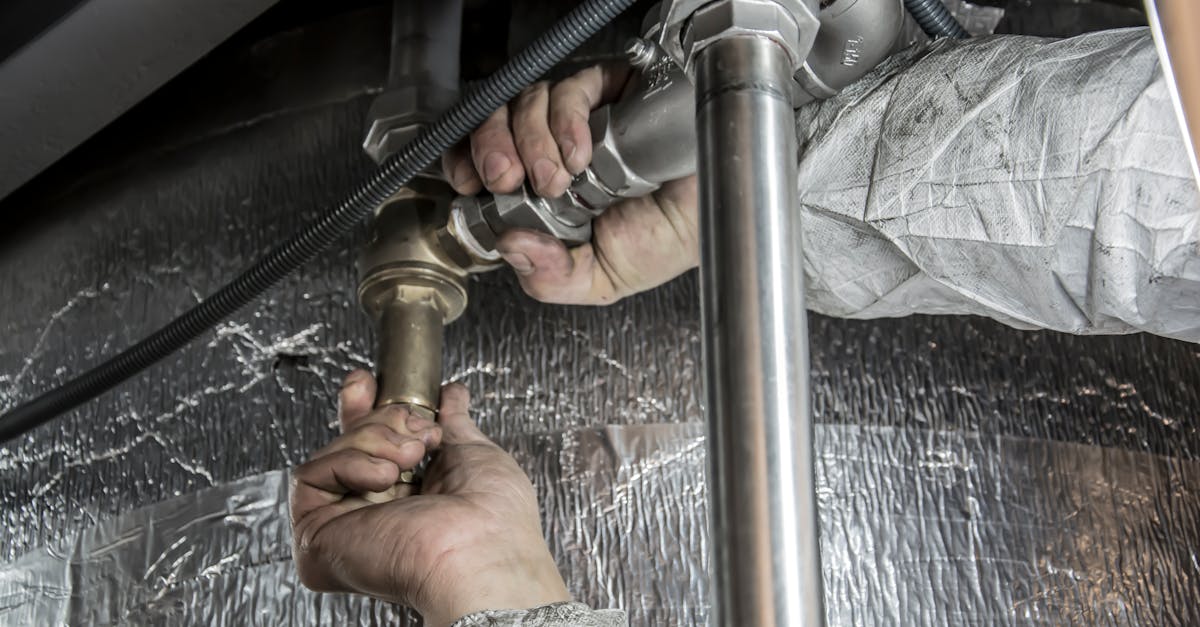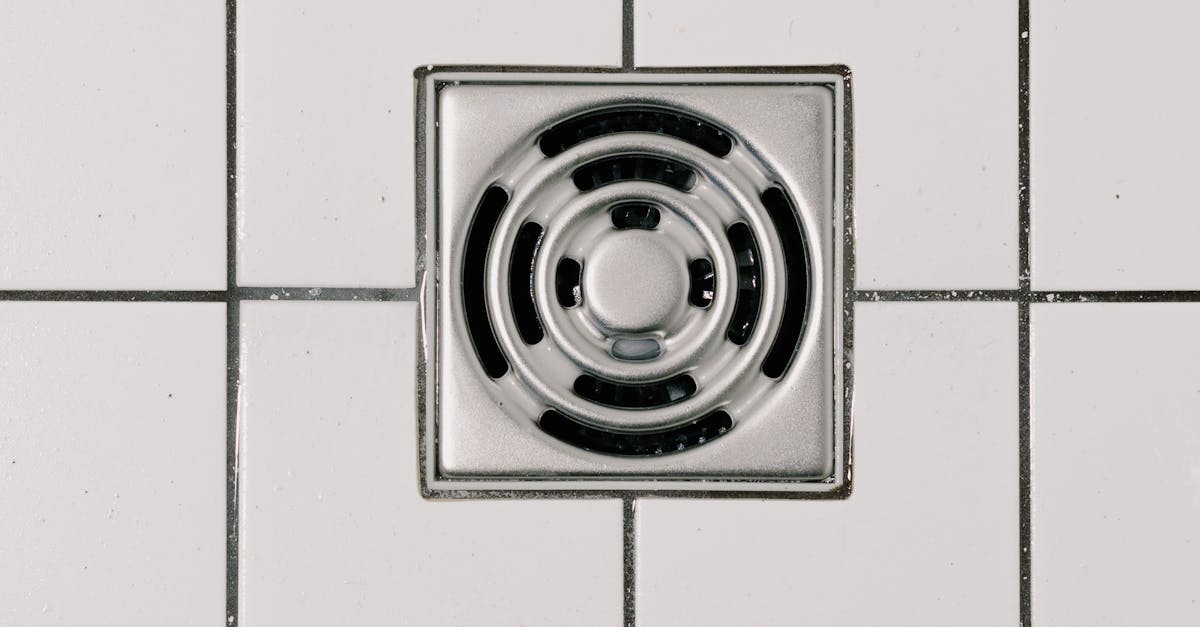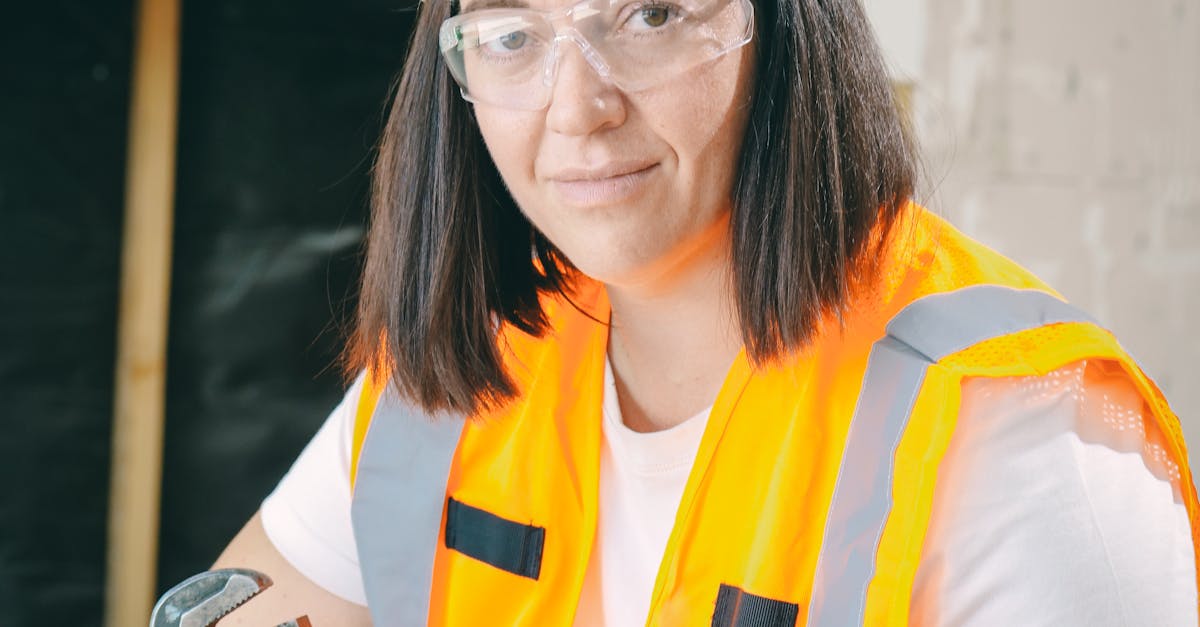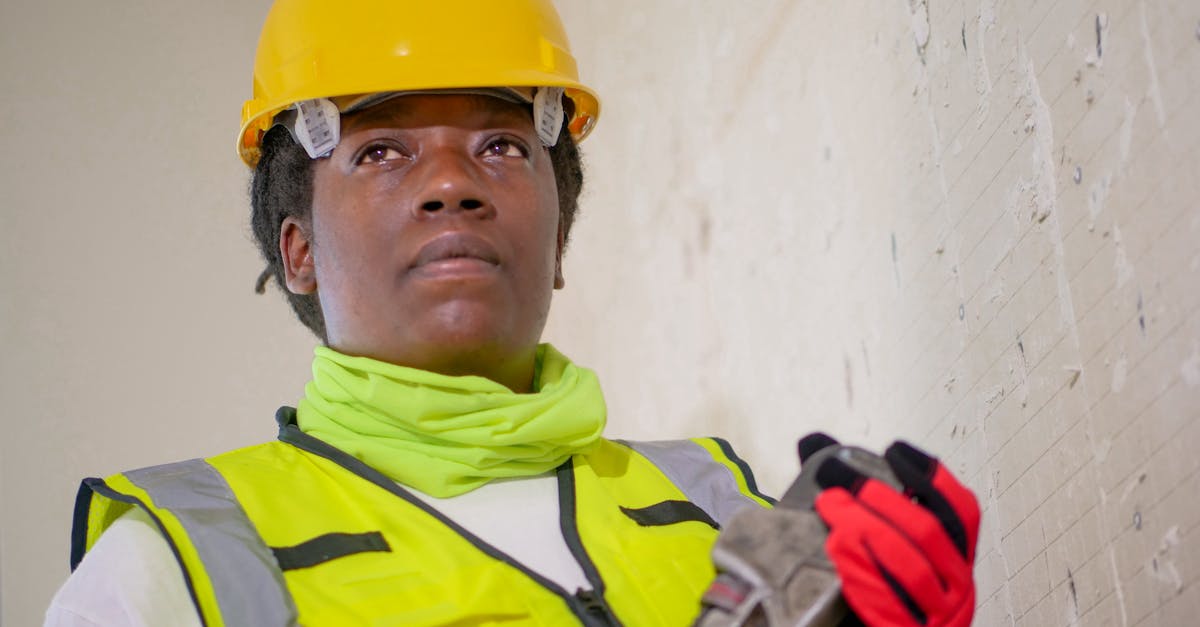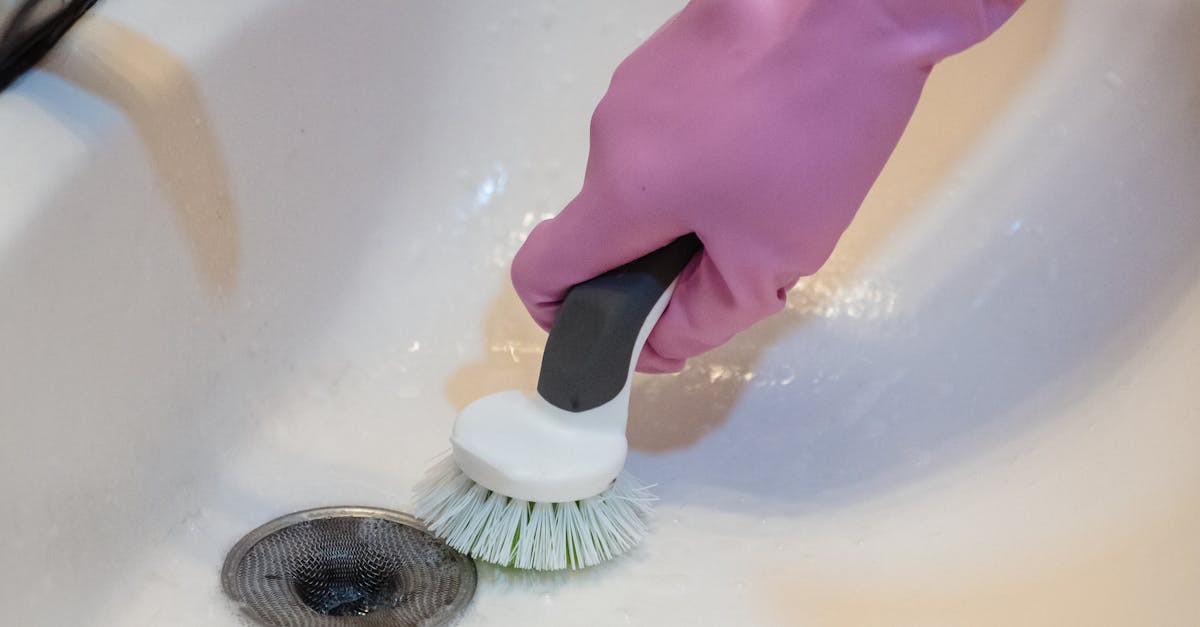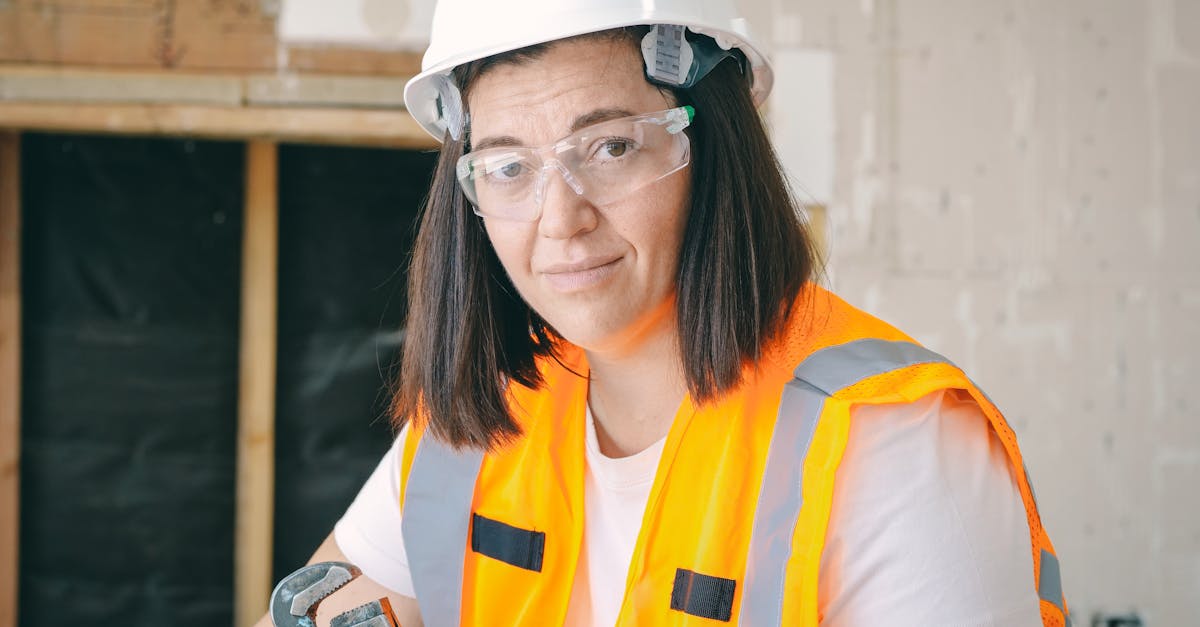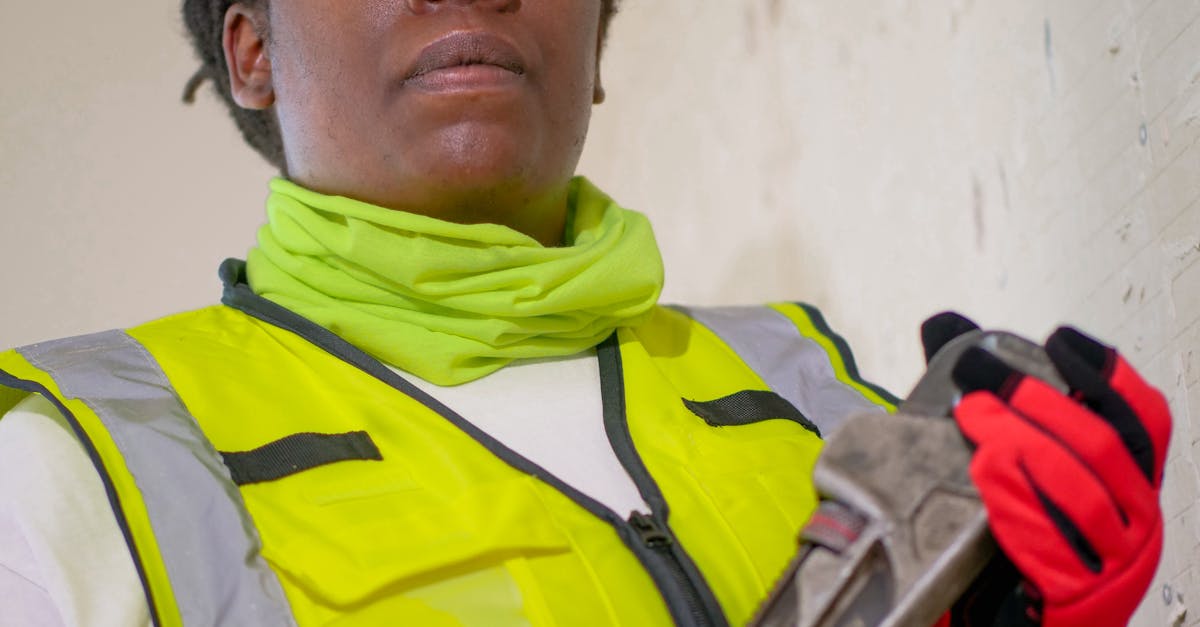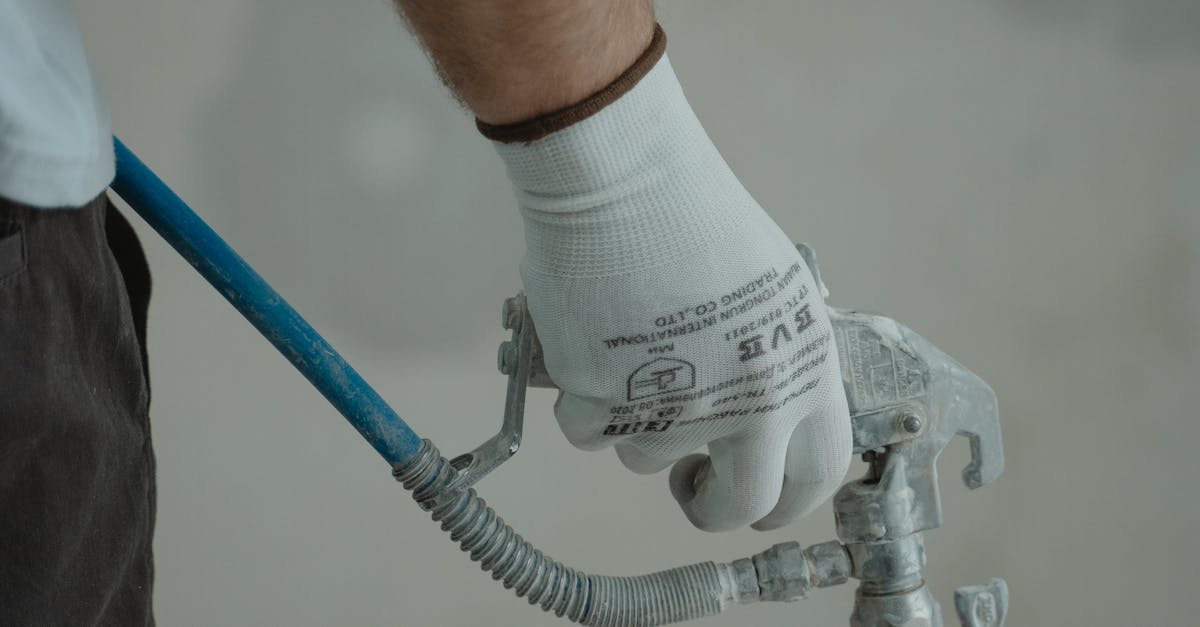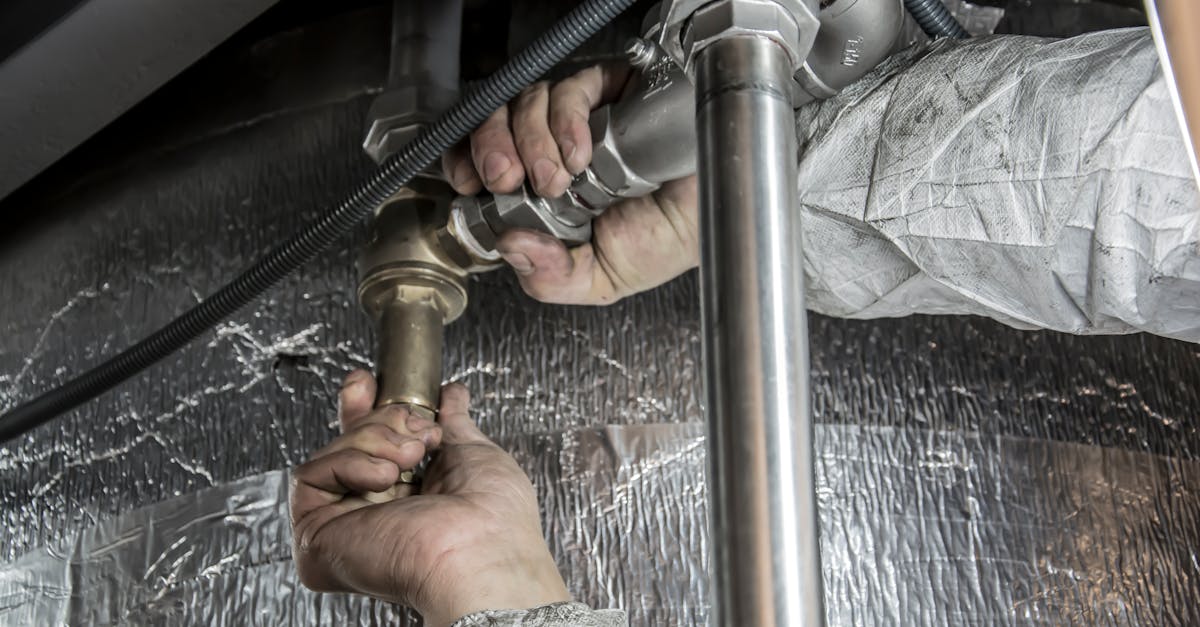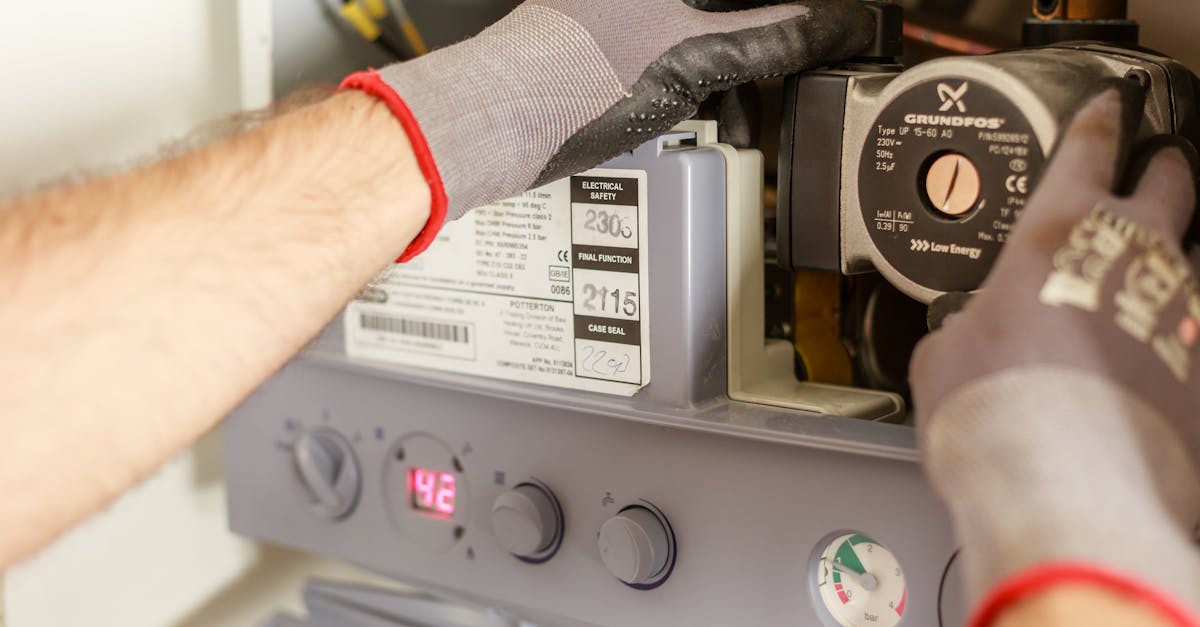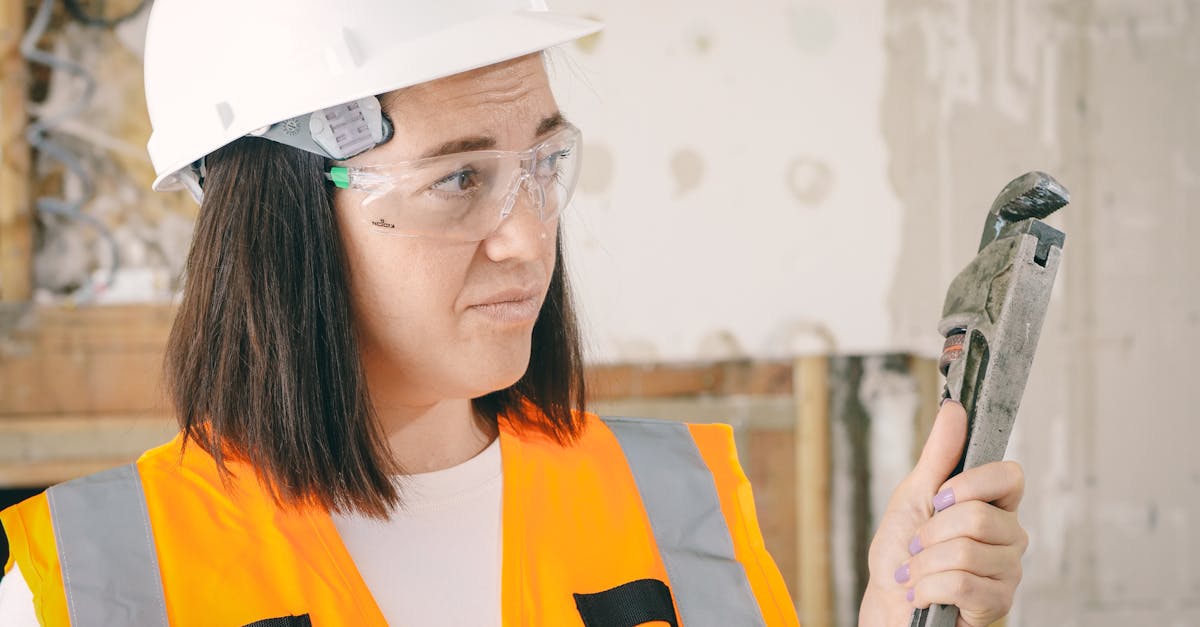
Table Of Contents
Choosing the Right Toilet Flange
Choosing the right toilet flange is crucial for a successful toilet installation and repair. Flanges come in various materials, with PVC, ABS, and metal being among the most common. Each material has its advantages and is suited to different plumbing conditions. For instance, PVC is lightweight and resistant to corrosion, while metal flanges provide durability and strength in high-use areas. Consider the type of flooring in your bathroom as well, as this can influence the compatibility and the longevity of the flange.
It's also important to select a flange that matches the waste pipe size and configuration. Most toilets require a closet flange that is compatible with a 4-inch waste pipe, but variations exist. Additionally, some flanges come with integrated features such as a wax ring or are designed for specific types of toilet installations. Assessing your needs ahead of time can save you time and effort during the installation process.
Types of Toilet Flanges Available
When selecting a toilet flange, it's important to consider the various types available, each suited for specific applications. PVC flanges are a popular choice due to their resistance to corrosion and ease of installation. They work well in environments where moisture is a concern. Cast iron flanges, although heavier, provide excellent durability and stability, making them ideal for older homes with existing cast iron plumbing systems. For those seeking versatility, stainless steel flanges offer long-lasting performance and strength while resisting rust and wear over time.
Another option is the wax ring flange combo, which combines a flange and wax ring to create a watertight seal. This type is particularly useful for toilet installation and repair, providing not only a solid base but also a reliable barrier against leaks. Additionally, adjustable flanges allow for height modifications, accommodating different floor thicknesses. This feature can be essential when dealing with uneven surfaces. Consider the specific needs of your project before selecting the appropriate flange type.
Installing the New Toilet Flange
Begin by preparing the area where the new toilet flange will be installed. Ensure the subfloor is clean and level. This step is crucial as any irregularities can affect the integrity of the installation. If the existing flange is damaged or corroded, remove it carefully. When fitting the new toilet flange, align it properly over the existing waste pipe. The flange should sit flush against the floor to allow for a stable connection.
Once the flange is in position, it is important to secure it adequately. Use appropriate screws or fasteners, ensuring they are compatible with the material of your floor. Tighten them firmly but take care not to overtighten, as this could lead to damage. After securing the flange, double-check that it is stable and level, as this will facilitate a proper seal with the toilet. In the realm of toilet installation and repair, attention to these details can prevent future issues.
Proper Installation Techniques
When installing a toilet flange, precise alignment is crucial to ensuring a stable and leak-free setup. Begin by ensuring the flange sits flush with the floor surface and aligns with the toilet's base where the bolts will connect. Any elevation or misalignment can lead to difficulties during the toilet installation and repair process. Check for levelness using a spirit level; if necessary, adjust by adding spacers or shimming beneath the flange to achieve the correct height.
Securing the flange properly is another important aspect of the installation. Use appropriate screws or bolts designed for the type of flooring you have, whether it be tile, wood, or concrete. Drill pilot holes to prevent cracking, especially in harder surfaces. Once the flange is fastened, double-check that it is tightly secured and does not rock or wiggle. This ensures that any weight applied during use does not cause movement, which could lead to future leaks or damage needing further toilet installation and repair.
Securing the Flange to the Floor
Securing the toilet flange to the floor is a critical step in ensuring a stable fixture. Start by aligning the flange over the drain opening. If the flange is an O-ring type, ensure it sits flush with the floor. For models that feature holes for screws, drill pilot holes into the flooring. The correct positioning is vital; make sure the flange is perpendicular to the wall behind the toilet. This ensures that the toilet will sit evenly and prevents future issues.
Once the flange is aligned, it's time to fasten it securely. Use stainless steel screws or anchors appropriate for your flooring material. This provides better resistance against corrosion, especially in damp areas. Tighten the screws gradually, ensuring that the flange remains level. After securing it, check for any wobbling by pressing down on the flange. If it feels stable, the toilet installation and repair can proceed without concerns for leaks or instability.
Fastening Methods and Tips
When fastening the toilet flange to the floor, it's essential to use the right methods to ensure a secure and long-lasting installation. Typically, you will find that stainless steel screws are the preferred choice due to their resistance to rust and corrosion, especially in damp environments. Before securing the flange, align it properly with both the floor and the toilet’s drain hole. Pre-drilling holes for the screws can make the installation more manageable and reduce the risk of damaging the surrounding flooring material.
Consider using a wax ring beneath the flange for optimal sealing. This is a critical step in preventing leaks during toilet installation and repair. Place the flange so that its lip is flush against the floor, and then drive the screws in firmly, but take care not to over-tighten, as this could crack the flange or the flooring. Periodically checking the stability of the flange over time ensures that your toilet remains securely anchored as daily use can sometimes loosen fastenings.
FAQS
What is a toilet flange?
A toilet flange is a pipe fitting that connects the toilet to the floor and the waste pipe. It provides a stable base for the toilet and ensures a proper seal to prevent leaks.
What types of toilet flanges are available?
There are several types of toilet flanges, including PVC, ABS, metal, and wax ring flanges. Each type has its own advantages and is suitable for different plumbing configurations and materials.
How do I know if I need to replace my toilet flange?
Signs that you may need to replace your toilet flange include a wobbly toilet, water leaks around the base, or damage to the flange itself, such as cracks or corrosion.
What tools do I need to install a toilet flange?
To install a toilet flange, you will typically need a wrench, a screwdriver, a level, a saw (if you're cutting the pipe), and a caulking gun for sealing.
Can I install a toilet flange myself, or should I hire a professional?
While installing a toilet flange can be a DIY project for those with basic plumbing skills, it may be advisable to hire a professional if you're unsure about the process or if you encounter any plumbing complications.
